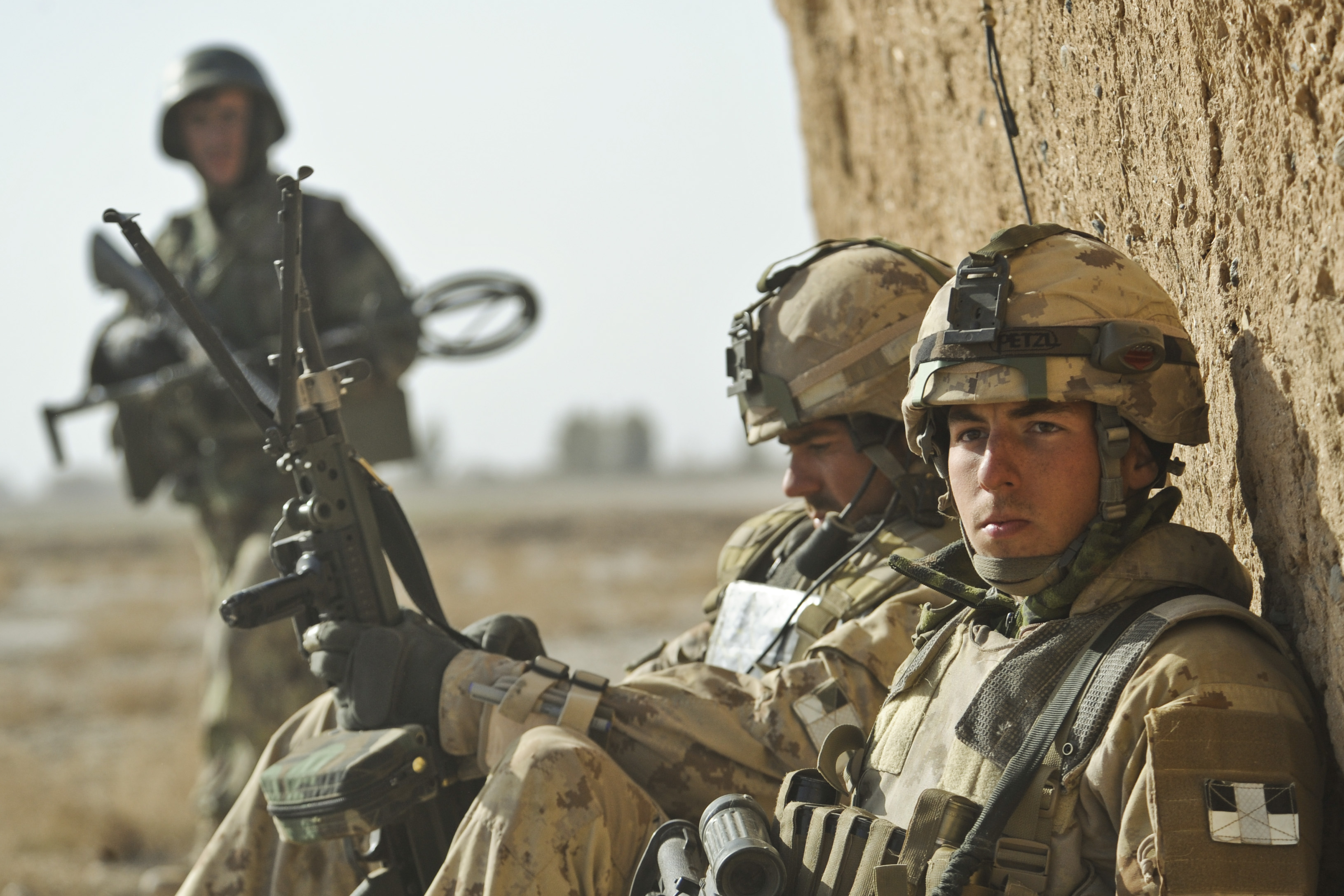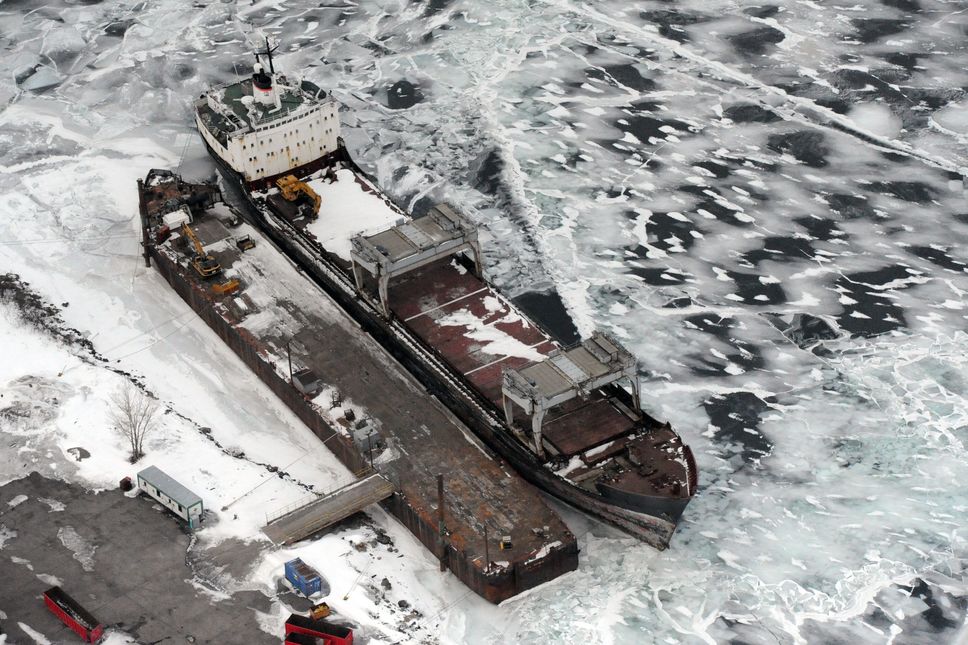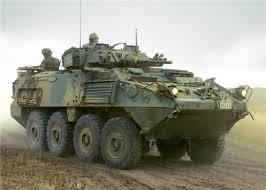History shows that purposeless intervention has produced nothing but worsening situations. One of the most crucial downfalls of the war in Afghanistan was the difficulty in establishing a comprehensive objective for all coalition forces involved. In other words, coalition states within the Afghanistan war had a common reason for going to war, but they all, for the most part, had differing objectives in the war. Maharqi, reporter for the National Post, states that at different stages of the campaign, different NATO member states embraced different ends, and it became increasingly difficult for the Alliance’s citizens to recognize what victory would look like, and when it would be time to call their troops home. That is to say that unlike past wars, where the advances or retreats of tank columns and forward infantry positions could be charted on a map, the war in Afghanistan has been defined by imprecise goals with which to judge the war’s course.
It is unlikely that terrorism as such will ever cease to exist.
But, once again, the US-led coalition is engaging in a conflict with ISIS without a clear understanding of what the mission is: Is the aim to defeat ISIS? What about Bashar al-Assad, who has killed vastly more Syrians? Are we signing up to stabilize and rebuild these terribly embattled countries? Thus, as NATO member states re-enter yet another seemingly drawn out war with ISIS, it is of importance to solidify our mission, and commit to having the necessary patience to follow through with a robust strategy.
Not only do unclear objectives delegitimize war efforts, but so too does setting a time limit for a withdrawal from the conflict. Stephen Walt, an American professor of international affairs at Harvard University’s John F. Kennedy School of Government, argues that telling your adversary exactly when you are going to quit is hardly the best way to persuade them to give up the fight. Rather, such statements inform the enemy exactly how long they need to persevere through the Western-led coalition in order to win the war. This is something that must be taken strongly into consideration when developing the strategy for the defeat of ISIS, as past conflicts have demonstrated that no war is predictable and thus cannot be restricted to a time limit.

The war in Afghanistan should demonstrate to Prime Minister Trudeau that an effective military strategy requires a more substantive framework than just a willingness to utilize brute force. It requires a comprehensive political and military framework that demands clear objectives, and a focus on long-term outcomes that are not restrained by an imposed deadline. Unlike what occurred in the previous wars in Afghanistan and Iraq, where the Western coalition continues to exit its mission unilaterally without actually finishing the war, the NATO member states must, once committed to the battle against ISIS, be committed to seeing the inevitable bloodshed through to the end, and thus solidify a victory.
It is unlikely that terrorism as such will ever cease to exist. But, accounting for the failures associated with setting deadlines, coupled with an unclear overall objective, may lead to the degradation of ISIS within Syria and Iraq. The enduring effort and utilization of NATO forces to provide effective security across the failing regions within the Middle East should help to sustain the belief that violent non-state actors such as ISIS are capable of being mitigated. Such a degradation of force may be achieved through containment or even eradicated through formulating and implementing effective military and political frameworks. However, it is paramount that the approach to confronting ISIS ought to be minimal in force and more so concentrated towards diplomacy.
Such measures may prove to reduce the financial cost of the Western States, and more importantly, lessen the human cost; all of which are only exacerbated with that of warring measures when used as an exclusive answer to extremism. Nevertheless, it is essential to acknowledge that the war on ISIS entails a collective action of “All against One” in which we remain steadfast and unified as a collective force with all allies, opponents of allies who are against ISIS, and all forces in between.
Photo courtesy of Tech. Sgt. Efren Lopez (US Air Force), Combat Camera
Disclaimer: Any views or opinions expressed in articles are solely those of the authors and do not necessarily represent the views of the NATO Association of Canada.




